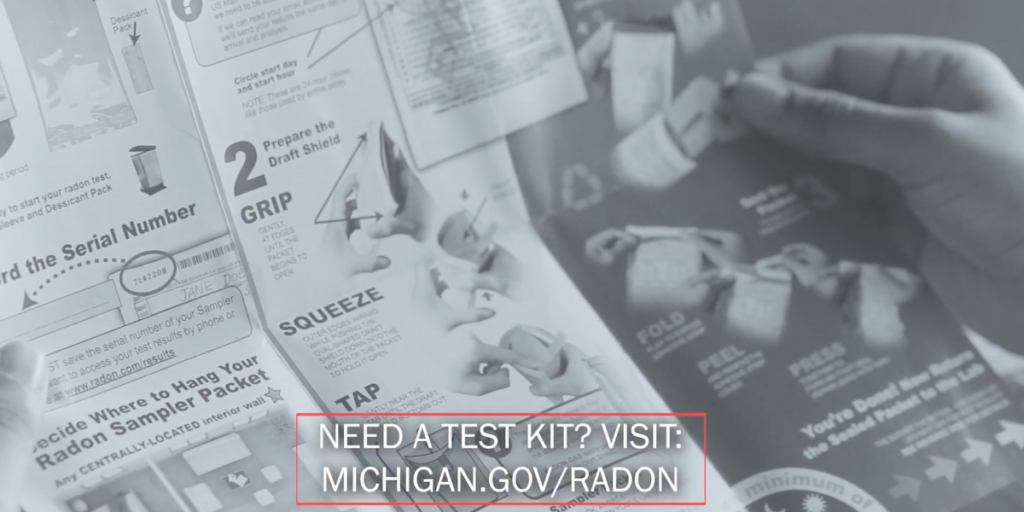Did you know that one in every four Michigan homes is expected to have radon levels that exceed the recommended federal action level? January is recognized as Radon Action Month in Michigan, and if you think the topic is irrelevant to area residents, you may want to reconsider. Because radon is an odorless and invisible substance, the only way to know if you’re being exposed is to perform a test. The substance is found in soil and it’s dangerous as it is radioactive and carcinogenic. Radon, in fact, is the second leading cause of lung cancer right behind smoking.
So, how does it affect us? Radon is the byproduct of the natural breakdown of uranium in soil, rock, and water that eventually becomes airborne. It moves up through the ground and into homes through cracks and holes in the foundation.
In 1993, a Map of Radon Zones was developed by the Environmental Protection Agency (EPA) to identify areas of the United States with the potential for elevated indoor radon levels. The map is intended to help governments and other organizations target risk reduction activities and resources. According to the EPA Radon Map of Michigan, Sanilac County is designated with a moderately increased risk as a Zone 2, while St. Clair County is in the lowest classified, Zone 3.
According to the EPA, however, no matter what designated zone you live in, testing is highly recommended and relatively inexpensive. A test kit is available at most home improvement stores and through the St. Clair and Sanilac County Health Departments. In the case that radon is detected, you can get a mitigation system installed in your home for around $1,100. You can get more information at Michigan.gov/radon.
Reporting for WGRT, Karly Hurley.


